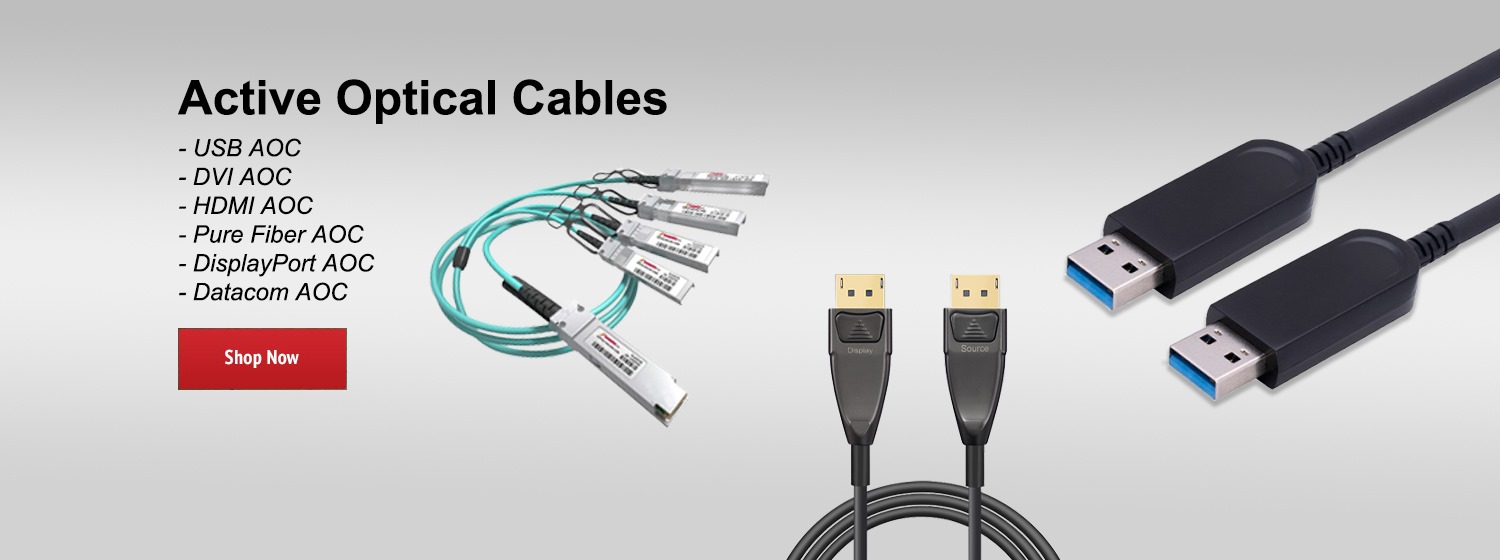What is Software-Defined Networking (SDN) and what does it promise to do for networks? Rob Tomkins, Senior Advisor for SDN Portfolio Strategy in Ciena's CTO group talks about SDN in this Chalk Talk session.
SDN is a new technology designed to make your network more agile. Today's networks are static, slow to change, and dedicated to single services. With SDN, you can create a network that handles many different services in a dynamic fashion, allowing you to consolidate multiple services onto one common infrastructure.
Have questions about SDN? Ask them in the comments section and we'll have one of our SDN experts answer.
In this video you’ll learn:
The 3 layers of SDN:
• Infrastructure layer: Where the networking forwarding equipment lies.
• Control layer: Maps service requests into infrastructure layer in most optimal fashion.
• Application layer: Cloud, management, and business applications place their demands onto the control layer.
As well as:
• How to make your network more agile and able to embrace change.
• How to consolidate multiple services onto one common infrastructure.
• How to avoid vendor lock in and centralize the full configuration of the network.
• How to recognize network hotspots and adjust for future services.
• Enabling new revenue streams from on-demand services.
You’ll also see an example of how a service provider may want to allocate metro bandwidth for business during the day, Internet during the evening, and new on-demand batch jobs and virtual machines/backup services during the night. In other words, how to consolidate 3 networks into one powerful on-demand one.
SDN is a new technology designed to make your network more agile. Today's networks are static, slow to change, and dedicated to single services. With SDN, you can create a network that handles many different services in a dynamic fashion, allowing you to consolidate multiple services onto one common infrastructure.
Have questions about SDN? Ask them in the comments section and we'll have one of our SDN experts answer.
In this video you’ll learn:
The 3 layers of SDN:
• Infrastructure layer: Where the networking forwarding equipment lies.
• Control layer: Maps service requests into infrastructure layer in most optimal fashion.
• Application layer: Cloud, management, and business applications place their demands onto the control layer.
As well as:
• How to make your network more agile and able to embrace change.
• How to consolidate multiple services onto one common infrastructure.
• How to avoid vendor lock in and centralize the full configuration of the network.
• How to recognize network hotspots and adjust for future services.
• Enabling new revenue streams from on-demand services.
You’ll also see an example of how a service provider may want to allocate metro bandwidth for business during the day, Internet during the evening, and new on-demand batch jobs and virtual machines/backup services during the night. In other words, how to consolidate 3 networks into one powerful on-demand one.
- Category
- Ciena
- Tags
- SDN, software-defined networks, software-defined networking
Be the first to comment







